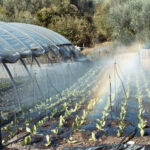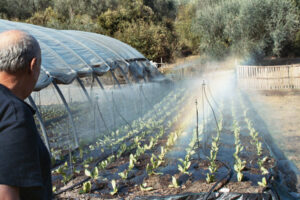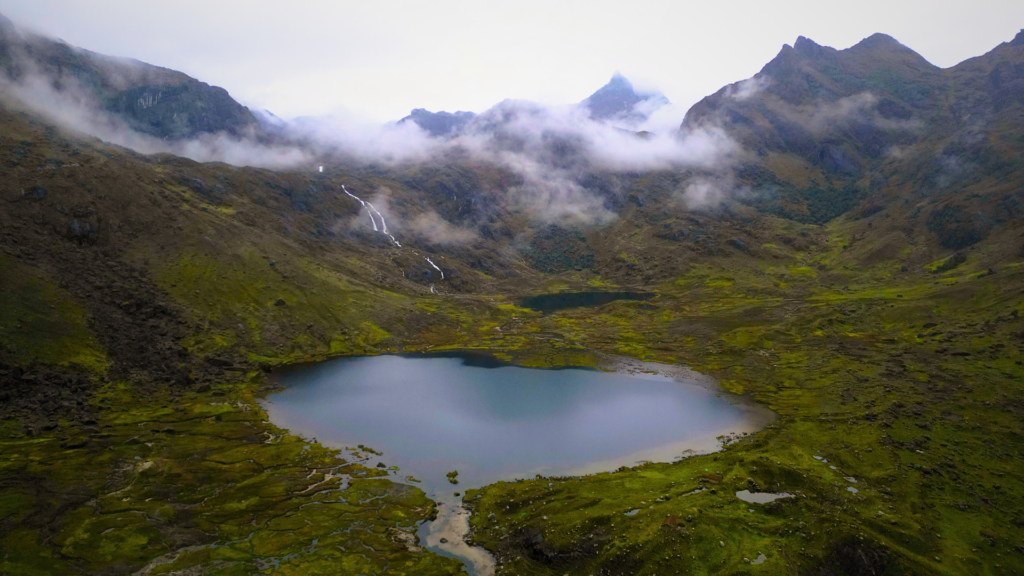
In the high peaks of the Peruvian Andes is the sacred home of a community who live with the great apus, the mountain spirits they call by name: Apu Markusani, Apu Qocha Moqo, Apu Panpa Kuchu, Apu Anparaes, Apu Pitusiray, Apu Ausangate and Apu Salqantay (among others). These sacred mountains are rarely visited — until recently they could only be accessed by foot — and despite the recent construction of a road halfway up the mountains, the trip is still arduous and often too expensive for locals. The result is a largely untouched region with several lagoons of clear water, a special place that is protected by the Q’ero Nation, who humbly live with love for Mother Earth. The Q’ero people took refuge in these heights to escape the scourge of imperial Spaniards, and have since lived isolated from the rest of the world for around five centuries.
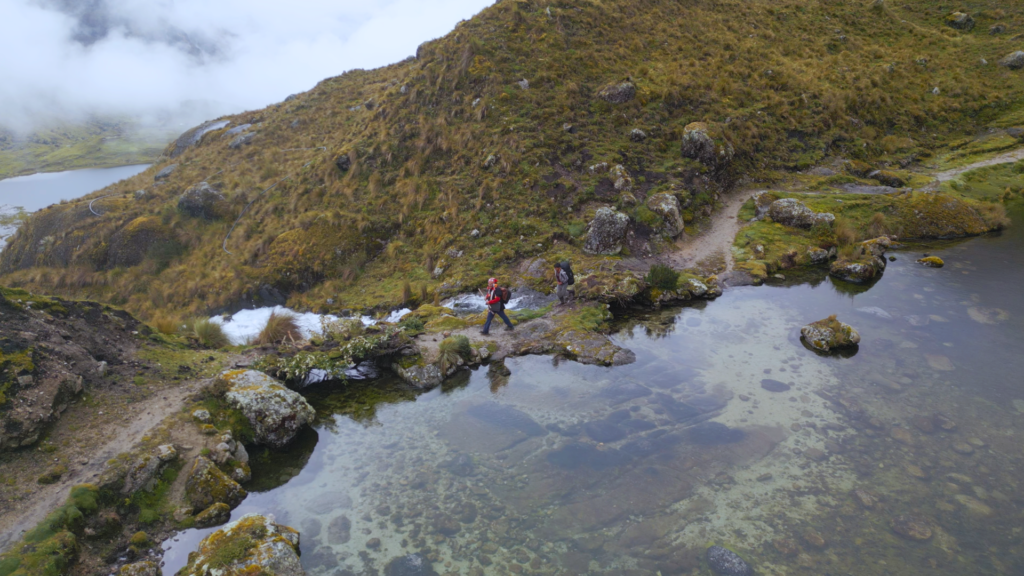
Since the time of the great ancient empire of the Incas — known locally as Tawantinsuyu, it was the largest empire in the pre-Columbian Americas — the apus are respected as divine entities that protect the local population and the land. The heritage of the Incas is still present with most Peruvians knowing the name of the apus in their region and how to pay respect to them. The Q’ero Nation is known in Peru as the people who listen to the voice of the apus. As descendants of the Incas, they have always been intermediaries between the spiritual and material worlds, in dialogue with all elements, making commitments to carry out the apus’ calls for harmony among all living beings.
Wilfredo Apaza, a leader of the community, guided our group on a two day journey of driving in trucks and walking with llamas that carried our personal belongings and food supplies. The goal was to reach the community of Paucartambo for one of the most important rituals of the year, El Uywa Ch’uyay, the days of fertility for animals and the Earth, which occurs every February during the rain season. These rituals maintain and renew the reciprocal relationship between the apus with Pachamama, Mother Nature.
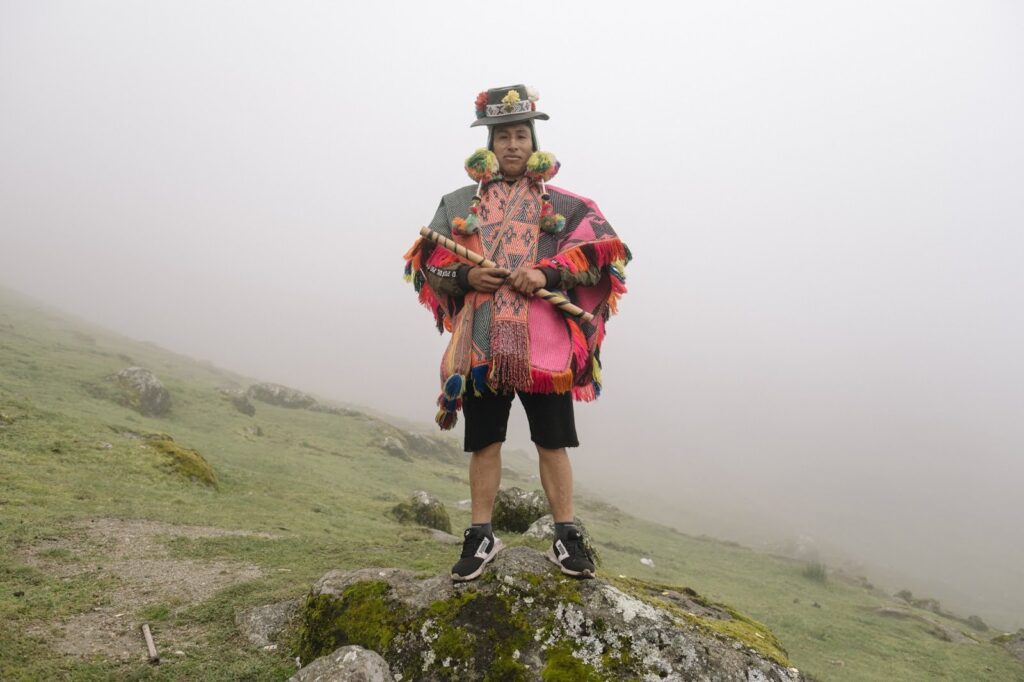
The Q’ero Nation comprises six main villages spread across the mountains, home to around 600 people and 6000 llamas and alpacas. In such a remote location these communities live with their surroundings, be it what they eat — mostly potatoes, as the soil is not very fertile — and how they build their tiny homes, which are generally made with clay, natural stone and grass roofs. It’s a very simple and challenging life in a hidden paradise.
During our journey to this sacred and remote place, we asked ourselves if we were inside a movie, which was fitting as we were there to make one. We felt so blessed to be stepping into these sacred lands that few people visit, with its untouched, wild beauty, to attend this rare and special moment among the Q’ero families.
Life in traditional communities has a different pace. The series of rituals required our attention, making us forget the many thoughts that had been occupying our minds, ensuring our presence in the moment. After more than 10 years of sharing time with different First Nations communities worldwide, I appreciate how non-indigenous people live at the pace of time, while First Nations people live with space. Their bodies are an extension of their environment, they allow themselves to be one with it, whereas non-indigenous people live among concrete walls and often hide inside if there is too much sun or rain.
Our crew anticipated the cold weather of the Andes and our days with the Q’ero were both cloudy and rainy. Fortunately we packed trekking boots, thick socks, two layers of pants and three layers of coats, along with rain jackets, rain pants, scarves, gloves and beanies. One crew member even had a coat heated by a power bank. The women of the community, however, were wearing woolen pants and coats, short skirts, open sandals without socks, and a traditional cotton cloth aguaio over their clothes. Some of them also wore hats made with llama wool. We definitely have different relationships with the natural environment.

In preparation of filming a documentary to share the ancient traditions of the Q’ero, we joined this pilgrimage to experience and connect with their ways. There is so much wisdom that exists below the surface of each action, a design the community live by, a cosmovision, which holds the collective intentions of the people who live with this culture, and orientates each person to know the meaning and value behind each action, word and prayer. As this was our first visit to the Q’ero Nation, we are sure there was a lot we couldn’t grasp, but what we learned is already a lot to reflect on.
Every time I work with a distinct culture, I make an effort to empty myself, to observe more than I think or speak, to relate to a different way of seeing, understanding and interacting with life. It’s necessary to forgo my long held understandings and conclusions, to see what is truly there and expand my awareness of life, especially with these guardians of ancient wisdom that have resisted the impositions of our globalised world.
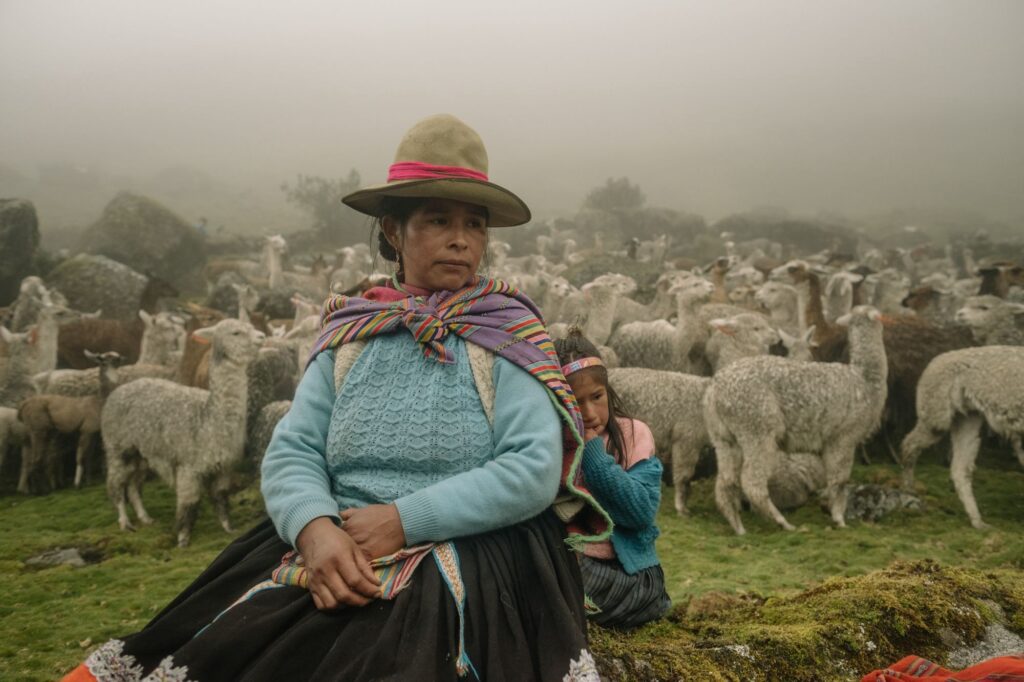
Our days in Paucartambo were filled from early each morning eating food from the cozy rustic kitchen where we gathered around the fire and were served locally grown potatoes, corn, broad beans and yams, along with a local, and delicious, trout. Pasta was also served, which has entered their main diet since this product was brought to Peru. There was also lots of medicinal tea, which was always accompanied by the woman of the house and her assistant, along with their family, who shared stories and laughter.
If we were not in the kitchen, we were taking part in the rituals, praying to the sacred forces to achieve the conservation, protection and especially the fertility of the flocks of llamas and alpacas. The families united in the biggest room of one of the clay houses, everyone seated in a circle surrounding the Elder of the village, Taita José, who was accompanied by his sons, and the sons of their sons, and the sons of their sons. The other central presence of the ritual was the coca leaf.
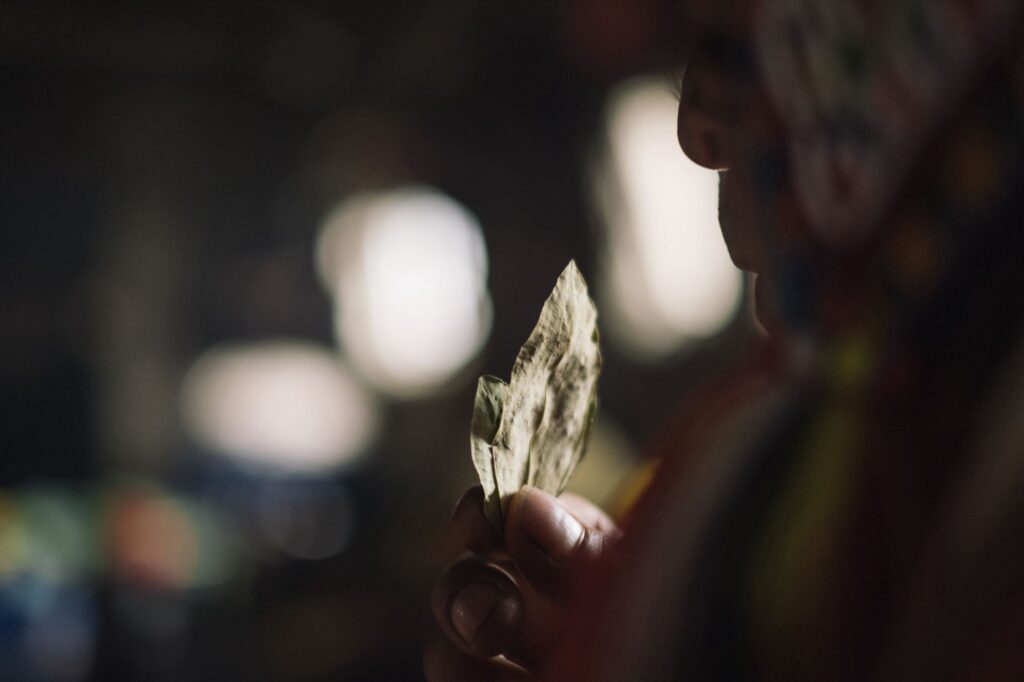
It’s a challenge and a responsibility to discuss the coca leaf, I could write a whole article focused on it. The coca leaf has been revered since the Incas. The word for this plant in Quechua means “the tree”, as the coca leaf was as important to this Empire as gold, offering this culture significant practical, historical, symbolic and political wisdom. The coca leaf is the main instrument of dialogue between the material and spiritual world, which has guided Andean people for more than 8,000 years, and in Peru the Q’ero nation are the mediators of this dialogue. It is also one of the most complete superfoods, with 14 natural alkaloids, the most complete plant in the universe in non-protein nitrogen, helping to discharge toxins and pathologies from the body. In 1860, one of these 14 alkaloids was isolated and adapted by a German chemist to become cocaine, and then used by an Austrian ophthalmologist as an anesthetic, which was followed by its use as a key ingredient of Coca Cola. Since this time, the coca leaf has been prohibited throughout the world.
Each day the rituals begin with the presence and prayer of the coca leaf, and the calling in the energy of each of the surrounding mountains for guidance and protection. The coca leaves are spread out over a missa, a traditional cloth, and each participant creates a labray kintus, which are three leaves held between our fingertips, and a prayer is offered to them with our breath. We exchange kintus with one another, a recognition of everyone’s presence, before we start the collective prayer. The prayers happen over the missa with dispatches — which are made with coca leaves and a variety of ceremonial items — in gratitude of the feminine and masculine energies, which is accompanied by particular songs for this day, played with the pinkuyllu, long reed flutes. This practice invokes the power of ayni, one of the strongest pillars of Andean culture, which is translated as the reciprocity inherent in the natural world, but also with our family, community and even with people we might consider strangers, encouraging the natural harmony that nurtures humanity.

Andean people have prayed for ayni for centuries, as it’s a value that is lacking in our planet and is needed in this time of capitalism, with its constant transactions. Ayni could be seen as an energy that inspires equality through unconditional personal and cultural exchange, to fortify trust in the natural laws of our planet by practicing the generosity of our abundant ecosystems. It encourages us to treat the cultural values of each community with respect, learning how to appreciate them as they are, without objectifying or projecting a capitalist mindset of competition or scarcity. Ayni advocates for pluridiversity, strengthening and respecting the wisdom within the many cultures that comprise our collective humanity, encouraging us to maintain sovereignty and balance in a globalised world.
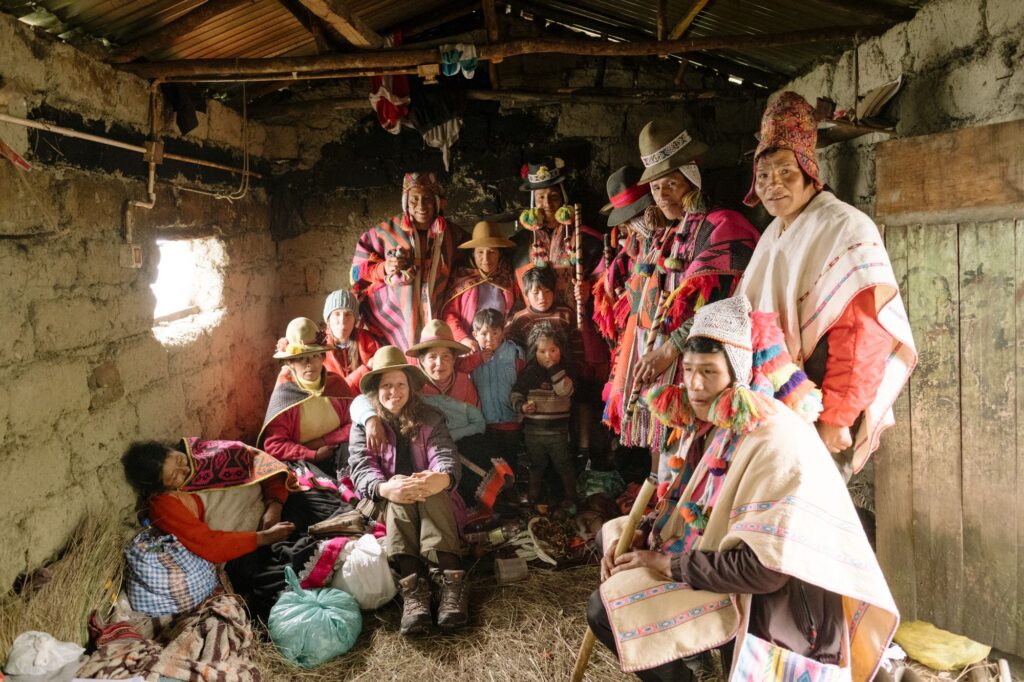
Many people are drawn to life in the cities, leaving their communities in the mountains. Missionaries convinced some of them that their culture is wild and outdated. The mining industry also tried to divide communities by trying to lure people with wealth. The young are easily distracted by the illusions of new technology and forget to keep practicing their ancient ways of listening, speaking and living with the land. The Elder of this community, Taita José, has been hearing the apus’ pleas and communicating this with the young generation. The apus’ request is for the Q’ero people to continue connecting with the sacred ways of the coca leaf, to stop buying it with money, and to start exchanging their goods again, so the power of the plant is honoured. The community are now preparing to once again walk as their ancestors did, to take the route from high in the mountain down to the forest, to find the people that still pray to the coca leaf. Luckily they were able to find an Elder, Don Fortunato, who lives in the forest, who also heard the call to remember and work with the ancestral ways of the coca leaf. We have been invited to document this sacred reconnection to the strength of coca plant and to ayni.
We are now trying to make the “Kuka Saruy” project happen. Please visit our crowdfunding page and please share with anyone who might be interested in supporting this important prayer.
Lara Jacoski is the co-director of Bem-te-vi Productions in Brazil. She has produced projects across five continents since 2012, focusing on ethnographic documentaries that highlight alternative ways of perceiving the world, supporting underrepresented and historically excluded voices and communities to share their ancient wisdom.
All photographs by Faisal Tisnés.



